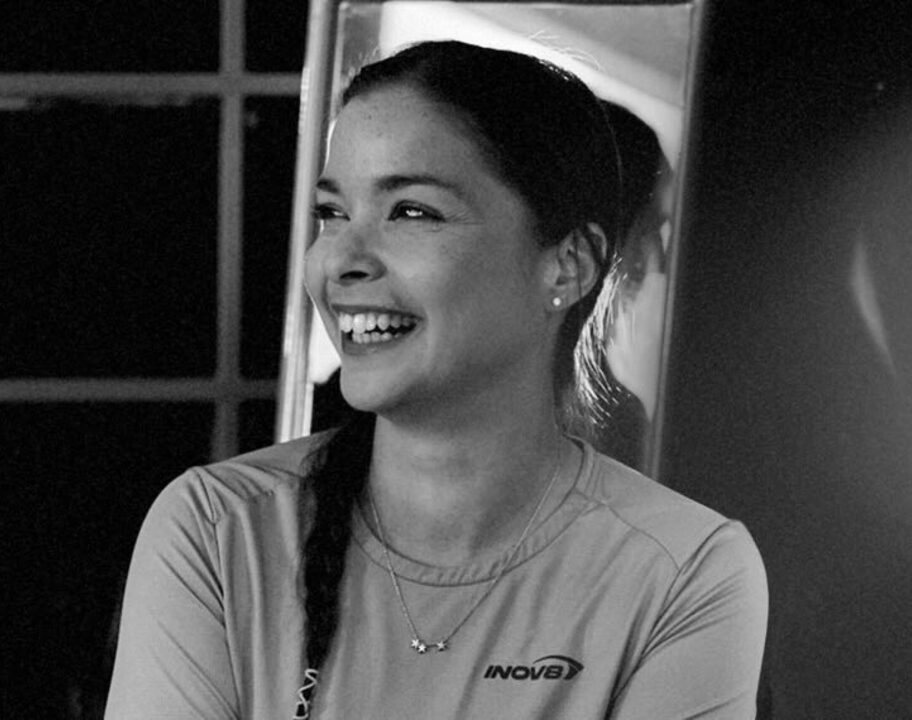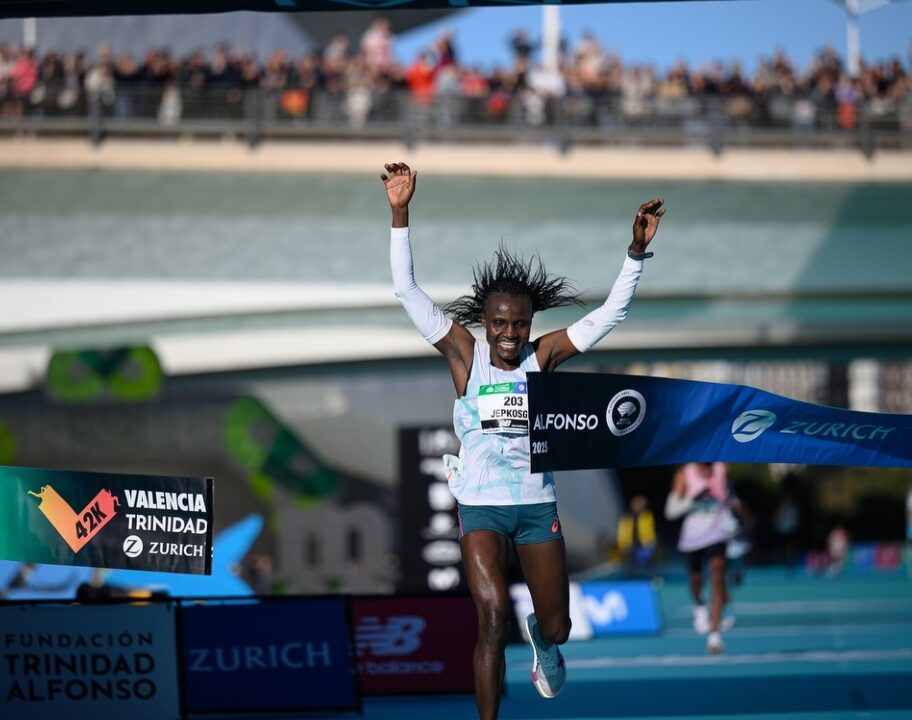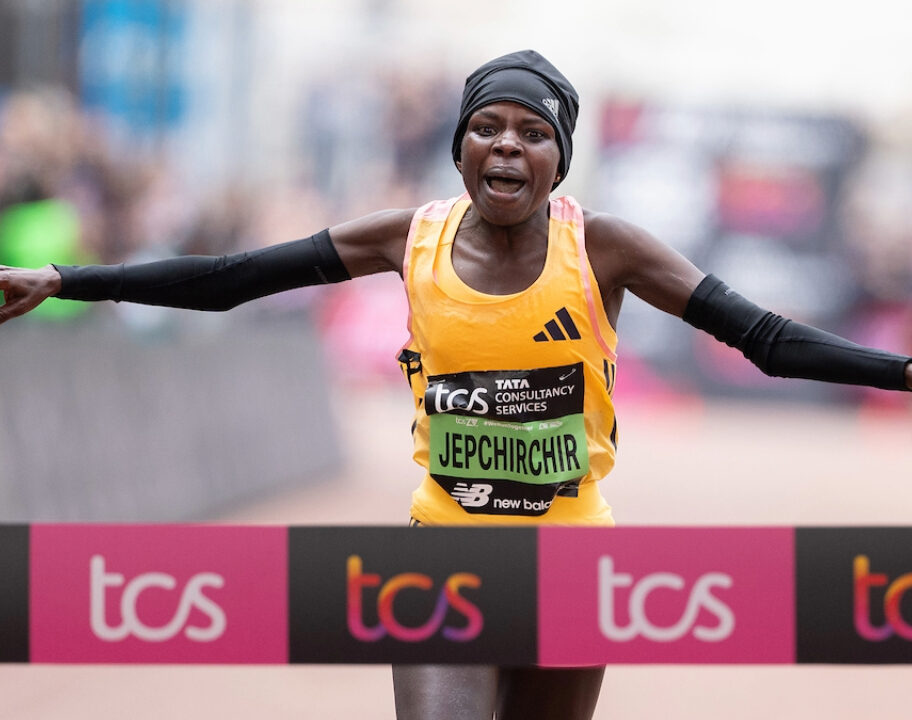Trail running has seen a huge surge in popularity in recent years, with people inspired by iconic events such as UTMB and incredible performances like Jasmin Paris at the Barkley Marathons to step off the tarmac and explore.
But when you see some of the world’s best runners flying down a technical downhill with no fear, or taking on unfathomable distances, getting started in the world of trail running can all feel a little daunting.
Katherine Brook shares her experience of getting into trail running – going from a novice armed with nothing but a pair of road shoes and a water bottle, to an experienced ultra runner who spends much of her time out on the trails. And having been through that journey, gives some valuable insights on the essential gear and need-to-know training tips that will help you to start trail running, too – and enjoy it.
Quick links
From novice to experienced trail runner
Trail running really is a special sport. It feeds our desire to explore, from the local trails on your doorstep you never knew existed to the jagged peaks of the Italian Dolomites. It really is a true adventure, and a real test of resilience.
About seven years ago, after running a few casual 5-10k road runs, for fitness, I signed up for a group run hosted by Never Stop London (the group sadly isn’t around any more). Every month, they would take a group of runners out of London for a social 16k trail run, followed by a pub lunch.
The kit list said to bring hydration and wear trail shoes: I didn’t have a hydration vest or trail shoes, so I turned up in Nike Pegasus with a bottle of water in my hand. Luckily, I wasn’t the first trail running novice they’d seen – and it was summer so the trails weren’t too muddy.
The afternoon opened my eyes to a world I never knew existed. I was in the company of ultra trail runners! I had no idea people ran more than a marathon, how they ran more than a marathon or what possessed them to do so. But I was curious. And it was this curiosity that led me to sign up to my first 10k trail race in Dorset with Endurance Life. Since that race, in December 2017, trail running has been a huge part of my life.
The benefits of trail running
So what is it about trail running that’s got me hooked? And why should you consider taking to the trails?
Trail running brings so much more than just physical benefits. While road running feels like it’s about numbers and personal bests, trail running is about sharing experiences, going on adventures and being in nature. Since I’ve started trail running, life has become more colourful:
Creates a sense of belonging and community
There’s a really strong sense of community in the trail running world, with races being more about having a shared experience and exploring together. Getting into trail running has helped me to meet new people and forge long-lasting friendships.
Boosts physical and mental wellbeing
There are the obvious physical benefits of getting into trail running – it’s a full body cardio, strength and core workout that gets the endorphins pumping. But there’s also the sense of purpose that comes with training for a race or meeting up with other trail runners for a weekend long run. It brings routine to daily life.

I also find that trail running allows me to truly switch off. I don’t need music when I’m in such beautiful locations, and it’s the only time when I don’t have to be connected to any digital device – apart from maybe my watch for map guidance or checking my HR/pace if it’s a specific session. That headspace shouldn’t be underrated.
Provides opportunities for adventures
Trail running has taken me all over the world for races and has made me more confident to take on solo adventures, because it’s such a friendly sport. But closer to home, it has also pushed me the to discover trails I never knew existed in my hometown. Equipped with a hydration vest – it didn’t take me long to realise this was a priority for trail running – some snacks, my watch, and a good sense of direction, I’ve been able to explore new routes in any location.
Essential trail running gear for beginners
So now I’ve convinced you to get started – what gear do you actually need to get going?
There is a lot of different trail running gear available, designed for all types of terrain, from undulating compact gravel paths to muddy tracks and technical mountainous trails. It can look like trail runners carry a lot of equipment at times, and depending on the run or race, they do, they probably are! But, if you’re just starting your trail running journey, there are just a few essentials I’d recommend.
Trail running shoes
There are a lot of different trail shoes on the market, but the main differences lay in the tread. Some have a more subtle tread while others are more aggressive. If you’re running on hard, rocky trails, you’ll need good grip but the lugs don’t need to be too intense. However, if you’re stomping around muddy UK trails, you may want something with more traction and larger lugs. Waterproof shoes are great for winter but as an all-rounder, I would suggest not going for a Gore-tex shoe as your first one. The other thing to consider when buying trail shoes is the drop. If you run in more minimal road shoes, you’ll want a lower drop shoe, otherwise, most sit around 6-8mm.
RELATED: Scott Kinabalu 3 trail running shoe review
Running/hydration vest
Running on trails is much more demanding than road, so even if you’re just going for a 5-10k run, you may still need to carry water and nutrition.

There are a variety of different styles of hydration vests, some which have a ‘bladder’ in the back of the pack (carrying the water on your back). Or the most common, carrying the water in two bottles on your front. As a beginner, you shouldn’t need more than 5-7l (holding capacity). This type of vest takes me from 10k races to half marathons with ease.
Windproof jacket
Weather can change pretty drastically when you’re out on the trails, especially if you’re in the mountains or where there are a lot of hills. It’s always advisable to carry a small, fold-up windproof/waterproof jacket, just in case.
Nutrition
If you’re planning on embarking on longer trail runs, you’ll need to carry some nutrition with you. This looks different for everyone. Some people prefer real food while others prefer to use energy drinks, gels, or a bit of both – It’s all about finding out what works for you. Personally, I like to take a plain carb drink, like Tailwind, and then use gels such as Maurten, Veloforte or Precision Hydration, which are all quite good on sensitive stomachs! I also take energy bars with me, for when I need some real sustenance.
Route planner
A running watch, with a mapping function, is great but it isn’t essential, especially when you’re just getting into trail running. However, it is easier to get lost on the trails, so – unless you’re good at reading maps – I would recommend planning your route, using a route planner. I like to use Strava or Komoot, as they also show the most regularly used paths.
Sports sunscreen
Don’t forget to take care of your skin when you’re spending time outdoors. Even if it’s not particularly sunny, your skin can still suffer damage from UV rays – so sunscreen is always an essential. Look for a sports-specific sunscreen which is water- and sweat-resistant and offers several hours of protection.
Enjoy the trails!


![Russ Cook completes his epic run across the entire length of Africa [Photo credit: The Snapshot People Ltd]](https://run247.com/wp-content/uploads/2024/04/Russ-Cook-completes-length-of-Africa-run-2024-912x720.jpg)



